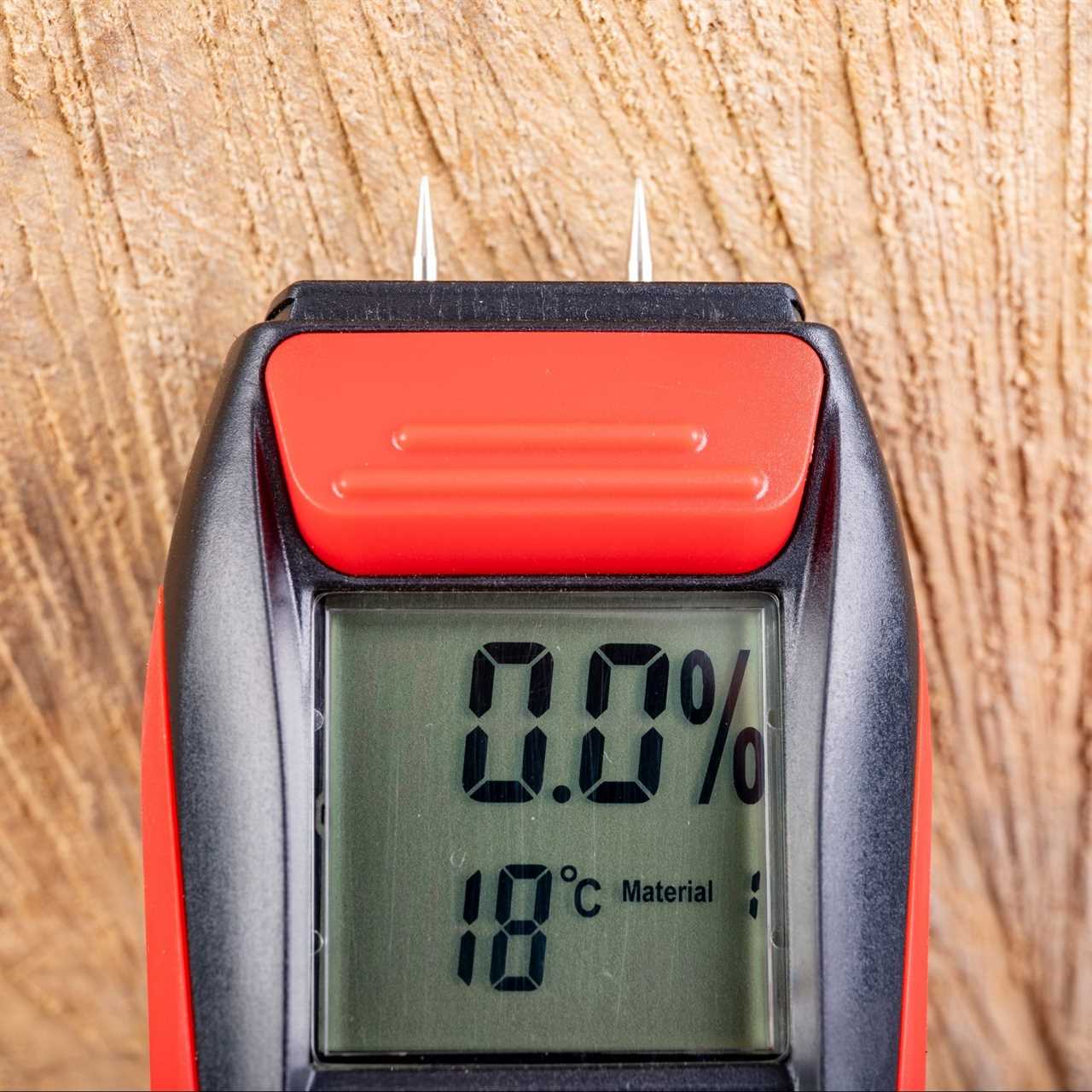
What To Know About Moisture Meters for Wood
Every accomplished woodworker learns quickly that working with wet wood is a big mistake. Wood swells when it’s wet, then contracts, shrinks and even warps as it dries out.
If you see your new laminated hardwood tabletop curling at the edges or separating, or you notice gaps in your recently installed hardwood floor, it’s from moisture. That’s why it’s wise to check your materials with a wood moisture meter before starting a project.
If you do general building and home maintenance, you’ll find a moisture meter handy for materials besides wood. A moisture meter can determine if a concrete subfloor is dry enough to start a job, or help track down a leak in drywall. Not all wood moisture meters can perform these tasks, so determine if you’ll be using the meter exclusively for wood before buying.
A wood moisture meter for the hobbyist isn’t expensive. It costs around $30, similar to top-quality stud finder or multimeter. Here are some things to consider when shopping for a wood moisture meter:
- Accuracy: This is the No. 1 feature to note. Some expensive meters boast 0.1 percent accuracy. A woodworker usually doesn’t need that and can get by with a cheaper, less accurate meter. The highest error range that ensures meaningful results is ±5 percent.
- Relative moisture range: Wood moisture meters typically measure between five percent, which means the wood is dry, and 30 or 40 percent, which indicates saturation. Meters that measure relative moisture in other materials have different ranges, from 0 to 100 percent. It may be useful to have a meter with a wider range if you plan to use it for materials other than wood. But accuracy suffers when the range is larger than you need it to be.
- Pin vs. pinless: Some meters have short antenna-like pins that penetrate the wood and measure moisture by creating an electric signal between them. Others have an electrically sensitive plate that can take a reading without penetrating the wood. Pinless meters are easier to use and don’t damage the wood, but aren’t as accurate. The best wood moisture meter can function with or without pins.
- Readability: Choose a meter with an uncomplicated, easy-to-read display.
- Functionality: Some wood moisture meters can measure other relevant parameters, such as temperature and ambient humidity, as well as distinguishing between relative and absolute moisture in the wood. (Relative moisture is the ratio of moisture to material, which depends on material density. Absolute moisture measures moisture content, useful for detecting leaks.)
- Durability: Pins must be strong enough to resist breaking or bending when you force them into the wood. The casing must be strong enough to resist cracking if you drop the tool. Damage to the meter compromises the results. Durable meters come with longer warranty periods.
- Cost: Most prices range from $25 to $50, but some high-accuracy multi-function tools can cost as much as $600.
Did you miss our previous article...
https://rsssuperfeeds.com/life-hacks/how-to-build-a-diy-radiator-cover






